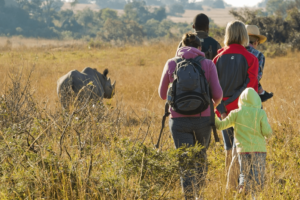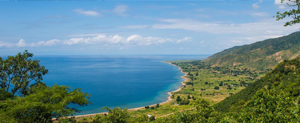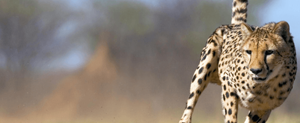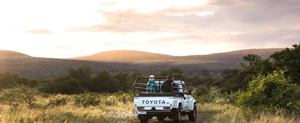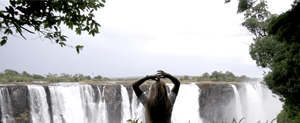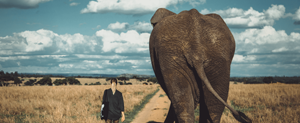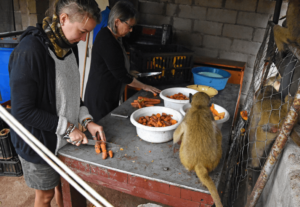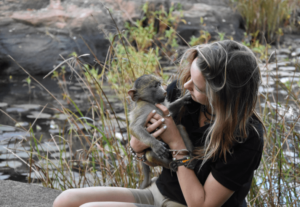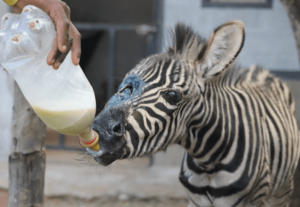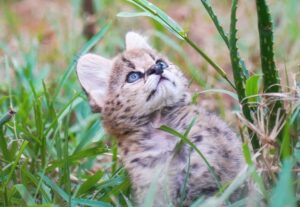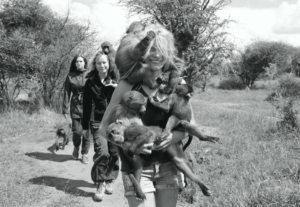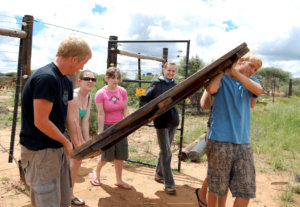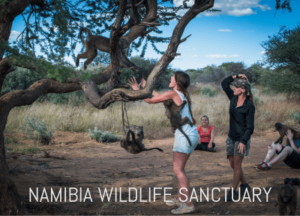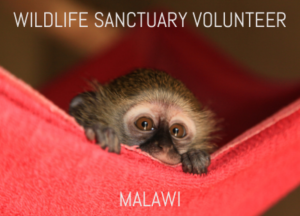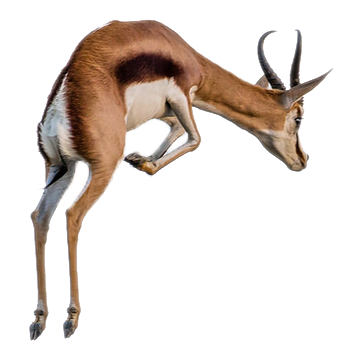The world of wildlife sanctuary volunteering and captive animal interactions is an often murky one, brought into disrepute by sanctuaries keeping animals in terrible conditions, breeding indiscriminately with no intention of release, and inviting volunteers to participate for little more than monetary gain.
There are amazing wildlife sanctuary volunteer projects in Africa, and the key is to know exactly how to find one where you can be sure your presence is not perpetuating a cycle of captive animals being kept in unnatural conditions.
We highly recommend you read our article: ‘When is a wildlife sanctuary not a sanctuary‘, which will give you an idea of questions to ask before you go ahead and volunteer in a wildlife sanctuary. Ask what kinds of animals there are at the sanctuary and why they are there; do they breed from these animals and if so why (be very conscious that there is rarely a genuine conservation need to breed from captive animals); if you can touch the animals, why is this necessary or desirable – bearing in mind that large animals who are habituated to humans can almost never be successfully released.
We offer three very carefully selected wildlife sanctuary projects in Namibia, Zimbabwe and Malawi. We have visited them ourselves, and are confident that they are conservation and release focused, that there is a genuine need for foreign volunteers and that they carry out meaningful and necessary work.
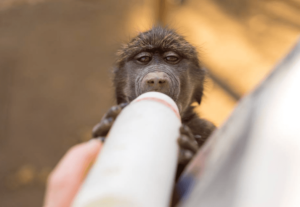
1. Primate Conservation & Rehabilitation, Zimbabwe
This dedicated primate rehabilitation and release centre has a mission that there be no more captive primates in Zimbabwe. Since their inception, they have expanded to take in any animal in need of care, but their end goal is that every animal should have the chance, where possible, of release. The sanctuary has released almost 300 animals to date, including primates, zebra, antelope, warthogs, ostrich and many other birds, reptiles and small animals. Many of their intakes are orphans, victims of accidents where their mothers have been killed, and without sanctuary intervention, most would have died or been unsuccessfully kept as domestic pets. The sanctuary team will travel far and wide to rescue animals in need of urgent care and attention. Primate orphans are rehabilitated and then introduced to other primate residents, to encourage troops to form prior to release.
The project takes four volunteers at a time, and your impact is far-reaching and necessary. Without volunteers, the sanctuary would not have the manpower or funds to operate at a country-wide level. You can see the impact you are having from day 1 – with orphan care, animal feeding, animal enrichment and enclosure cleaning.
“Seeing the baby baboon and vervet monkeys climbing all over my children was very special. And for me, my personal favourite memory is connecting with the baboons. Talking to them, carrying them, having a baboon jump on my head suddenly with no warning, having a baboon hug me (!) – these are all such special memories. My father had a farm in South Africa when I was young and I remember how baboons were hated. I never knew I could love a baboon so much. My whole view of baboons has completely changed and I am so glad that I have learned this lesson.
We did feel like we contributed greatly while we there, with the day to day care of the animals, and we learnt so much to take home and digest.”
– Danielle, family volunteer, Canada
 **Family-friendly project – click for details!
**Family-friendly project – click for details!
2. Malawi Wildlife Sanctuary
Malawi has seen a change in recent years, with wildlife conservation firmly on the radar at government level. Wildlife crimes have strict punishments, investment in protected areas has led to a boom in wildlife populations, and the longed-for return of the Big 5 to some National Parks. Volunteers can be part of this fascinating story, working at Malawi’s only wildlife sanctuary, accredited by worldwide NGOs. Volunteers not only contribute to the welfare of the 200 animals at the sanctuary, but also learn best practice from a team of local and international experts.
Every single animal that comes into the sanctuary – whether as a result of abuse, illegal activity or human-wildlife conflict – receives a carefully tailored programme of support, and where possible, the aim is to rehabilitate and return animals to the wild. Those that cannot be released are cared for in the safety of the sanctuary. However, in line with PASA (Pan-Africa Sanctuary Alliance) guidelines, this sanctuary has a strict hands-off policy for animals destined for release (with the exception of orphans that need hand-rearing for a short time). Sanctuary volunteers get a powerful insight into the life-changing and life-saving work of wildlife rehabilitation.
“The time spent in Malawi has genuinely been some of the most fantastic months of my life, from the incredibly kind employees to the beautiful setting and, of course, the diverse and interesting nature of the work itself. Anyone who enjoys getting thrown in at the deep end will definitely thrive in this environment but never once did I feel too intimidated to ask questions or request help. Jump at the experience if you have the opportunity to go! I didn’t regret a single moment of it.”
– Amelia, UK
3. Namibia Wildlife Sanctuary
Namibia is renowned world-wide for its great approach to conservation – putting the care of its wilderness areas into the hands of communities. This approach is echoed in the ethos of this sanctuary, created to provide protection for abused and orphaned wildlife, plus skills training and employment for the marginalised San Bushmen community. The project’s mission is to conserve the land, culture and wildlife of Namibia, support species affected by shrinking habitats and protect those threatened by the human-wildlife conflict. The sanctuary provides a safe haven for orphaned, injured and conflict animals and the project also works towards human-wildlife conflict mitigation through conservation and research projects throughout Namibia.
The vision of the organisation is to use responsible conservation tourism to support their community and wildlife projects.
The wildlife sanctuary always aims to release rescued animals back into the wild, where it is safe and sustainable to do so. Their mantra of ‘returning the wildlife to the wild’ is the backbone of their carnivore conservation project – Namibia already being home to large populations of wild cheetah and leopard. Orphaned, abandoned and injured animals are raised with compassion and dedication and their natural needs are always considered. In Namibia, baboons are considered pests and cannot be released, so the sanctuary offers a safe home to a large number of rescued and orphaned baboons.
“The Sanctuary is a very special place, devoted to the care and well-being of the animals. I participated in so many activities, including research, carnivore feeding, animal care, food prep, baboon walks, game counts and so much more! We would feed the babies three times a day, weigh them to make sure they’re growing, and wash their blankets. I helped build a bridge made of natural wood for the genets, dug holes for the baboons to play in, and helped fix a shelter for the tortoises. I would recommend t to anyone who is dedicated to helping animals, but also ready to work hard and get their hands dirty!”
– Abby, USA
– – – – – – – – – – – – – –
Think logically.
If an animal is to be released into the wild, contact with humans should be minimal. Don’t necessarily trust a facility which claims lofty release goals, but offers contact with large endangered animals.
If you are in doubt about the values of your favoured project, we are happy to answer your questions!

